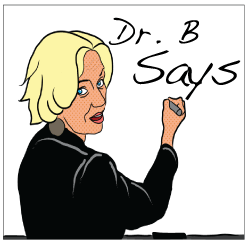Maslow's Hierarchy of Needs
|
What is the Hierarchy of Needs?
Maslow’s Hierarchy of Needs describes the basic needs that all human beings have and organizes those needs into five categories. Each of those categories of need is placed in the hierarchy; if the most basic need is not met, then Maslow’s theory proposes that none of the needs higher up in the hierarchy can be met.
How is the Hierarchy of Needs organized?
The five categories of Maslow’s Hierarchy are organized as following (from lowest level to highest level):
- Physiological: These needs are the most basic related to a person’s survival. They consist of breathing, food, water, sleep, excretion, sex, clothing and shelter. Without most of these things, a body cannot physically function.
- Safety: A person’s safety needs can relate to several factors in their life, such as health, financial, physical and emotional security.
- Love/Belonging: These are the social needs of people, often seen as the need to belong whether it be in the category of friendship, intimacy and/or family.
- Esteem: Each person has a need to feel respected and have a sense of self-esteem. This is also maintained by feeling a sense of accomplishment or achievement.
- Self-Actualization: This describes a person’s need to achieve what he believes he is meant to achieve; to meet this need is to reach one’s potential. This need, unlike the others, can never by fully met as it evolves as a person develops psychologically.
back to top
How does the Hierarchy of Needs apply to teaching?
back to top









 Abraham Maslow was a psychologist concerned with the nature of human experience; that is a humanistic psychologist. In 1943 he proposed a theory that described the different needs that all humans have and the hierarchy in which those needs are organized. According to Maslow, the higher level needs cannot be satisfied unless the lower level needs have been met. This hierarchy has had a significant impact on the field of psychology and education as well; in this section we will discuss Maslow’s Hierarchy of Needs and how it can be applied to teaching.
Abraham Maslow was a psychologist concerned with the nature of human experience; that is a humanistic psychologist. In 1943 he proposed a theory that described the different needs that all humans have and the hierarchy in which those needs are organized. According to Maslow, the higher level needs cannot be satisfied unless the lower level needs have been met. This hierarchy has had a significant impact on the field of psychology and education as well; in this section we will discuss Maslow’s Hierarchy of Needs and how it can be applied to teaching. 